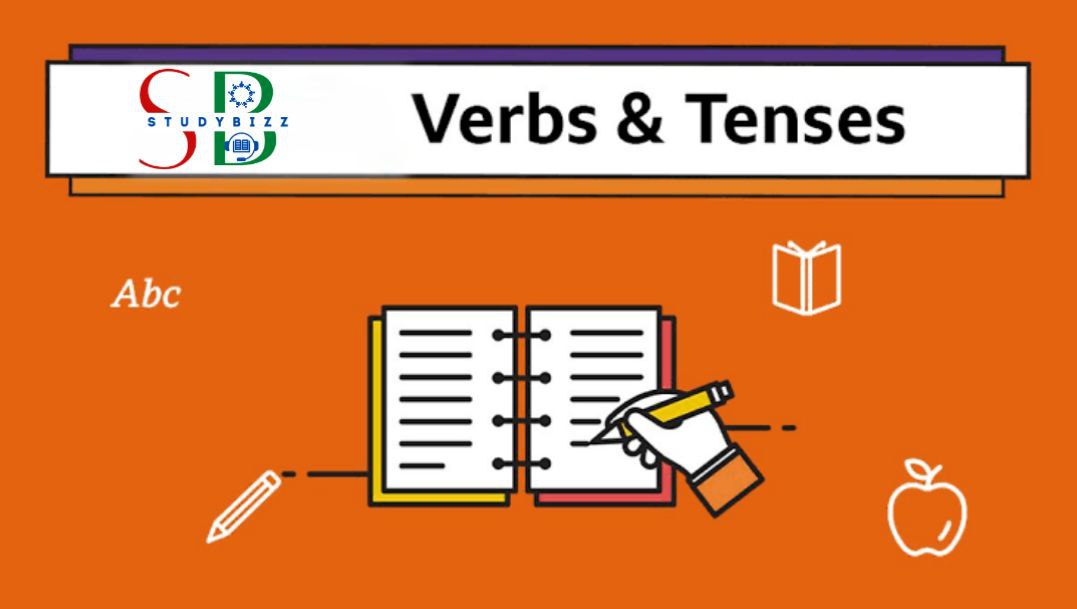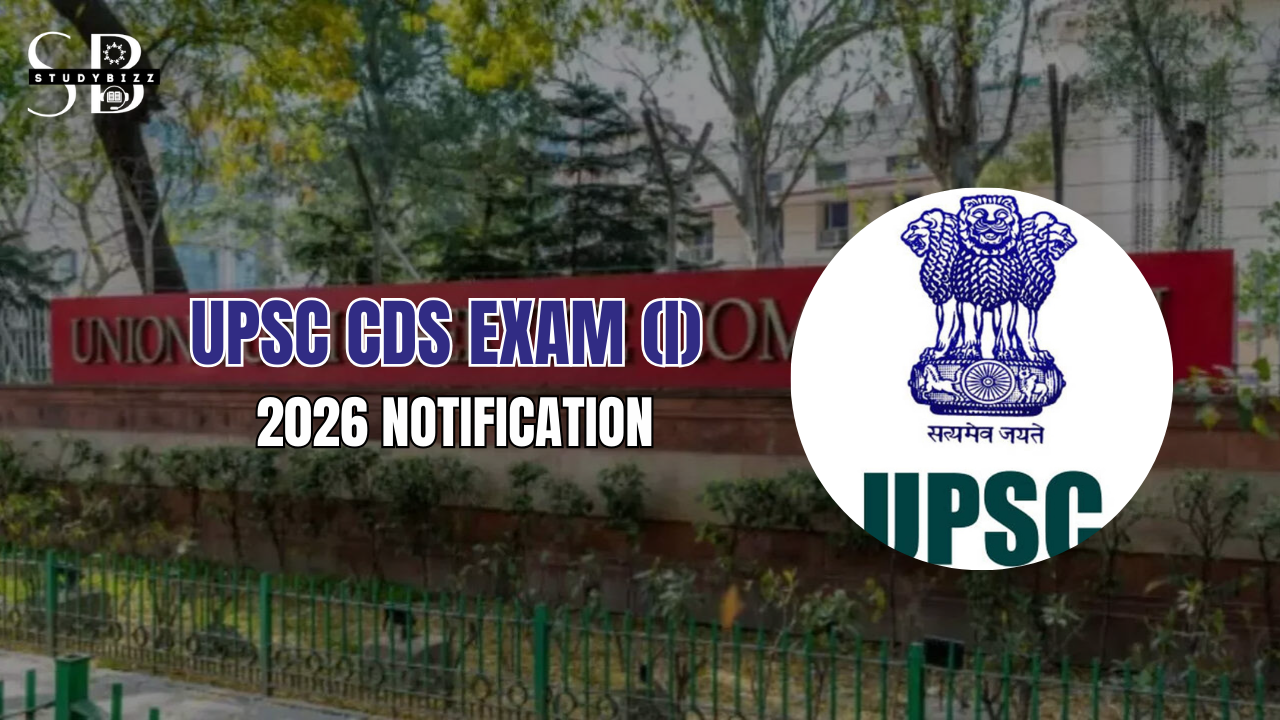In this Post let us learn about a very important topic in English grammar i.e., about Tenses
TOPIC Name: Tenses in English
Tense అనగా కాలం .- కాలానుగుణంగా ఇంగ్లీష్ లో వాక్యాలను ఉచ్చరించడం జరుగుతుంది
Tenses topic has been broadly categorized based on the timeline into three phases.
ఇంగ్లీష్ లో ప్రతి వాక్యాన్ని ఈ కాలానుగుణంగా మూడు రకాలుగా విభజించవచ్చు
- Present Tense – వర్తమాన కాలం
- Past Tense – భూత కాలం
- Future Tense – భవిష్యత్ కాలం
Now lets learn broadly about sub categories under each one of them and how to use them – ఇప్పుడు ప్రతి కాలం క్రింద ఉన్న ఉప వర్గాల గురించి మరియు వాటిని ఎలా ఉపయోగించాలో విస్తృతంగా తెలుసుకుందాం
1. Present Tense :
Based on the timing and context present tense is again classified into 4 types – సమయం మరియు సందర్భం ఆధారంగా వర్తమాన కాలం మళ్లీ 4 రకాలుగా వర్గీకరించబడింది
- Simple Present
- Present Continuous
- Present Perfect
- Present Perfect Continuous
Simple Present denotes regular activities or the present form/character or any object/living being. సాధారణ వర్తమానం అనగా సాధారణ కార్యకలాపాలు లేదా ఏదైనా వస్తువు/జీవి ప్రస్తుత రూపం లేదా గుణాన్ని సూచిస్తుంది. [noun పక్కన డైరెక్ట్ verb లేదా is/are వస్తుంది]
Example: Ravi goes to school or She is beautiful or baby drinks milk or sky is blue etc
Present Continuous denotes some activity which is going on now – ఇప్పుడు ప్రస్తుతం జరుగుతున్న పనిని సూచిస్తుంది. [simple present verb పక్కన ‘ing’ ఉంటుంది] [is/are + verb’ing’]
Example: Rama is doing his homework . Krishna is eating or I am going to school or they are playing
Present Perfect denotes some activity which has just completed or very recent – ప్రెజెంట్ పర్ఫెక్ట్ అనేది ఇప్పుడే పూర్తి చేసిన లేదా ఇటీవలి కార్యకలాపాలను సూచిస్తుంది
[has/have + verb third form] [has/have ఉంటాయి మరియు verb యొక్క మూడో రూపం ఉంటుంది]
Example: I have completed my homework or she has just gone to the market
every verb has three forms : example: go , went , gone
In present perfect we should always use third form of verb . In above example it is ‘gone‘
Present Perfect Continuous denotes some action which started recently or recent past and still going on -ప్రెజెంట్ పర్ఫెక్ట్ కంటిన్యూయస్ అనేది ఇటీవల లేదా ఇటీవలి కాలంలో ప్రారంభమై ఇప్పటికీ కొనసాగుతున్న పనులను సూచిస్తుంది
Example: She has been crying since morning or They have been working for six hours
We should use – has/have been in the sentence with since/for [for denotes period and since denotes the timeframe when the work started] [has/have been ను వాడాలి మరియు ఎప్పటినుంచి అని సూచించడానికి since , ఎన్ని గంటలు లేదా నెలలు ఇలా కాలాన్ని సూచించడానికి ఈ వాక్యంలో for వాడుతాము]
2. Past Tense
Past tense is also divided into 4 categories based on time and context. -సమయం మరియు సందర్భం ఆధారంగా భూతకాలం కూడా 4 వర్గాలుగా విభజించబడింది.
- simple past
- past continuous
- past perfect
- past perfect continuos
Simple Past denotes some activity that completed in past at certain time or the past form/character or any object/living being. సింపుల్ పాస్ట్ అనేది గతంలో ఒకానొక సమయంలో పూర్తి చేసిన పనులను సూచిస్తుంది లేదా ఏదైనా వస్తువు/జీవి యొక్క గత రూపం/పాత్ర ను సూచిస్తుంది. [noun పక్కన డైరెక్ట్ past verb లేదా was/were వస్తుంది]
Example: Ravi went to play ground or sky was cloudy yesterday
Past Continuous denotes some activity which was going on sometime in past – భూత కాలంలో ఏదైనా విషయం చెప్పేటప్పుడు ఒక పని అప్పటికి జరుగుతుంటే ఈ టెన్స్ ని వాడుతారు.. [simple past verb పక్కన ‘ing’ ఉంటుంది] [was/were + verb’ing’]
Example: When I visited Rama’s house, he was dancing . I was playing football at 9 am yesterday
Past Perfect denotes some activity which completed in past and exact time was not known or mentioned – పాస్ట్ పర్ఫెక్ట్ అనేది గతంలో పూర్తి చేసిన పని ని సూచిస్తుంది అయితే ఇక్కడ ఖచ్చితమైన సమయం పేర్కొనరు. కావున had అని వాడుతారు
[had + verb third form] [had మరియు verb యొక్క మూడో రూపం ఉంటుంది]
Example: I had completed my homework or she had gone out when you arrived or he had lived in london before he moved to India
every verb has three forms : example: go , went , gone
In past perfect we should always use third form of verb . In above example it is ‘gone‘, completed etc
Past Perfect Continuous denotes some action which started in past and was still going on in some time frame in the past- పాస్ట్ పర్ఫెక్ట్ కంటినస్ అనేది గతంలో ప్రారంభమై, గతంలో కొంత కాల వ్యవధిలో కొనసాగుతున్న పనులను సూచిస్తుంది. ఉదాహరణకు ‘నేను వారి ఇంటికి వెళ్ళినపుడు వారు అప్పటికే 2 గంటల నుంచి పని చేస్తా ఉన్నారు’
Example: When Sheela arrived their home, baby had been crying since morning or They had been playing all day
We should use – had been in the sentence with since/for/all day/whole day/etc [to denote time frame] [had been ను వాడాలి + కాల వ్యవధి ని సూచించాలి .]
3. Future Tense
Future tense is also divided into 4 categories based on time and context. -సమయం మరియు సందర్భం ఆధారంగా భవిష్యత్తు కూడా 4 వర్గాలుగా విభజించబడింది.
- simple future
- future continuous
- future perfect
- future perfect continuos
Simple Future denotes some activity that will commence or begin in future at certain time సింపుల్ పాస్ట్ అనేది భవిష్యత్ కాలంలో ఒకానొక సమయంలో జరగబోయే పనిని సూచిస్తుంది [noun పక్కన will/shall/may/can/might/must/could/would/should/ought వస్తుంది]
Example: Ravi will come to play ground tomorrow or I can do that work
Note: would is past form of will which is used to denote some unlikely or actions that is not feasibile
example: I would go to the store tomorrow if i didn’t have the school
Should denotes ability and obligation of some work
Example: We should strive hard to achieve this medal
Might is very formal way of may .
‘Can’ refers to a general truth or something that has a strong possibility. ‘Could’ refers to something that has a weak possibility
Note: would/could/should/might can also be used as past forms of will/can/shall/may
Future Continuous denotes some activity which is expected to continue in future by certain time – ఫ్యూచర్ కంటినస్ అనేది నిర్దిష్ట సమయానికి భవిష్యత్తులో కొనసాగుతుందని భావిస్తున్న పనులను సూచిస్తుంది [simple future auxiliary verb పక్కన be మెయిన్ verb పక్కన ‘ing’ ఉంటుంది] [will/shall/can/may + be + verb’ing’]
Example: By this time tomorrow I will be travelling to my hometown . Next sunday Team A will be playing with Team B.
Future Perfect denotes some activity which is assumed to be completed in future – ఫ్యూచర్ పర్ఫెక్ట్ అనేది భవిష్యత్తులో పూర్తి చేయబడుతుందని భావించే పనులను సూచిస్తుంది.
[will/shall/may/must + have] [will/shall/may/must have మరియు verb యొక్క మూడో రూపం ఉంటుంది]
Example: I will have completed my homework by tomorrow evening
Note: Would /should/could /might are used inline with the explanation given under simple future column followed by have.
We should have done this or If you had not interrupted me I would have completed this work on time. etc
Future Perfect Continuous denotes some action which will begin in future and also continue in future by certain time- ఫ్యూచర్ పర్ఫెక్ట్ కంటినస్ అనేది భవిష్యత్తులో ప్రారంభమయ్యే మరియు నిర్దిష్ట సమయానికి భవిష్యత్తులో కొనసాగే కొన్ని చర్యలను సూచిస్తుంది
Example: By 2050 I will have been living in London for thirty years or they might have been exposed to covid 19[ some times these denote past possibilities too with future reference]
We should use – will/shall/may/can have been in the sentence





